Carbon fiber composites are revolutionary materials that combine the exceptional properties of carbon fibers with the versatility of resin systems. These materials exhibit remarkable strength, stiffness, and durability while maintaining a significantly reduced weight compared to traditional materials like metals. This unique combination has made carbon fiber composites indispensable in industries such as aerospace, automotive, energy, sports, and more.
View More Articles:

Voids and Porosity
Voids are air-filled gaps within the composite material, while porosity refers to the presence of small voids or air pockets. Voids and porosity can weaken the material’s mechanical properties by reducing load-bearing capacity and causing stress concentrations.
Delamination
Delamination occurs when layers of the composite separate along the interface between the carbon fibers and the resin matrix.
This defect can arise due to inadequate resin flow, poor adhesion, or improper curing conditions. Delamination weakens the material’s integrity and can lead to catastrophic failure.
Fiber Misalignment
Improper alignment of carbon fibers during the layup process can result in areas with reduced strength and stiffness. Misaligned fibers create weak points where loads may not be effectively transferred, leading to compromised structural performance.
Resin-Rich or Resin-Poor Areas
Non-uniform distribution of resin during curing can lead to regions with excessive resin (resin-rich) or insufficient resin (resin-poor). Resin-rich areas can cause delamination and reduced mechanical properties, while resin-poor areas can result in weak bond lines.
Wrinkling and Bubbling
Improper handling or compaction during the layup process can lead to wrinkles or bubbles within the composite layers. These defects create stress concentrations and areas of reduced mechanical strength.
Matrix Cracking
Matrix cracking refers to microcracks that form within the resin matrix due to thermal cycling, mechanical loading, or impact. These cracks can compromise the composite’s ability to withstand stress and can propagate over time.
Fiber Breakage
During the layup process, carbon fibers can experience breakage due to excessive tension or bending. Fiber breakage weakens the overall structural integrity of the material.
Fiber Pullout
Inadequate adhesion between the carbon fibers and the resin matrix can lead to fiber pullout. This occurs when fibers are pulled out of the matrix during loading, reducing load transfer efficiency.
Fiber Print-Through
In composites with a textured or patterned surface, the fibers near the surface may become visible, resulting in an uneven appearance known as fiber print-through.
Curing Defects
Incomplete or uneven curing of the resin matrix can lead to variations in material properties, including reduced mechanical strength and increased susceptibility to other defects.
Tool Marks and Surface Imperfections
Imperfections in the molds and tooling used for composite forming can leave marks or irregularities on the composite surface, impacting both aesthetics and structural integrity.
Thickness Variations
Inconsistent material thickness across a composite structure can lead to stress concentrations and affect load distribution.
These defects can arise due to a variety of factors, including variations in process parameters, material contamination, improper curing conditions, inadequate tooling, and human error. Detecting and addressing these defects is essential to ensure the reliability and performance of carbon fiber composite materials in various applications, from aerospace to automotive and beyond.
Molding is a complex process. It is a high-tech material, and the machining process is naturally not simple. Therefore, a little carelessness can easily lead to defects. Too large defects will lead to excessive defective products and waste of materials. Let’s talk about the defects that will occur when carbon fiber composite materials are formed, and hope to prevent defective products by predicting defects.
The main defects in the deformation forming of continuous carbon fiber composites all involve fiber folds or buckling, which are mainly divided into two categories, fiber buckling and laminate folds. There have been cases where in-plane buckling occurred during the bending operation, but did not cause twisting of the entire laminate, which may have involved one or more plies. Out-of-plane fiber buckling of a single layer can also occur, typically with delamination of the buckling plies often accompanied by bending operations. Laminate wrinkling This out-of-plane deformation involves co-deformation involving all plies in the laminate, and it occurs most often in diaphragm molding and is the most common defect in carbon fiber composites. The continuous fiber is deformed, and the fiber will break, but the temperature is too low to melt the matrix.
When molding, the faster the speed, the easier it is to produce defects. Some products do not have defects during slow molding, but when the displacement rate during bending is low or the loading rate during diaphragm molding is high, wrinkles or buckling. Larger parts are more prone to defects, and larger parts are more prone to defects than small parts. In addition, when there is in-plane tension, it is difficult to generate defects, and the generation of defects can be prevented from this aspect.
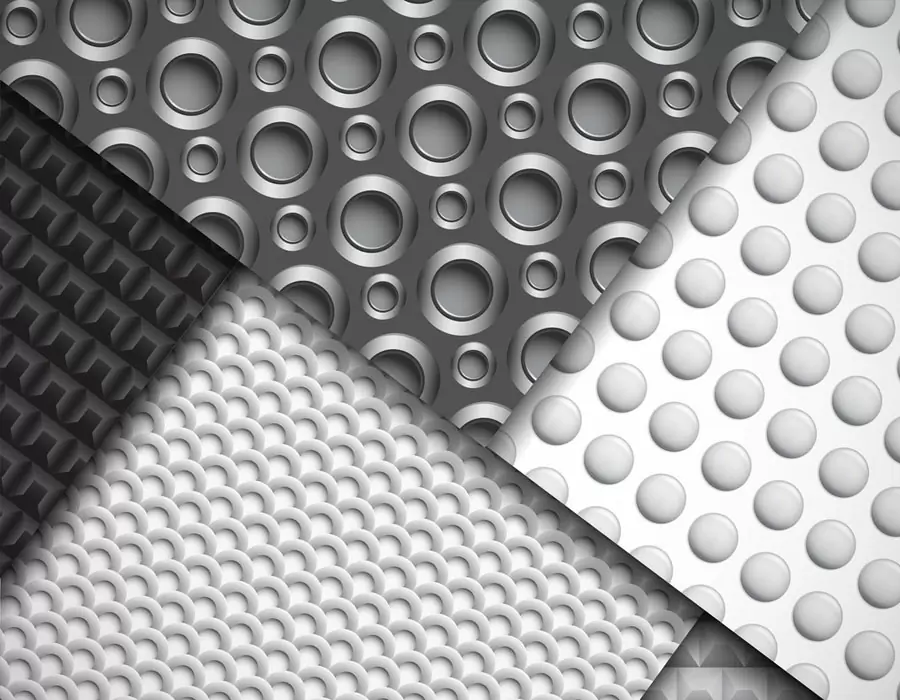
ISO 9001 certified. BE-CU Prototype Offering CNC machining carbon fiber and other manufacturing services for carbon fiber marterial. Various capabilities include notching, labeling, drilling carbon fiber, grinding, laser cutting carbon fiber, finishing, plating, marking, CNC milling carbon fiber and turning carbon fiber.We stock high quality 3k carbon fiber sheet in a variety of thickness, types and finish. Its a great material used in applications where light weight and strength are needed such as drones. Unlike other workshops, we have no min order and are often filling orders with a single part. We also don’t make you pay for the full sheet and you only get charged for what is used. With a large selection of material, you should find everything you need to make your project come to life. We are also able to handle larger production runs and provide a competitive pricing. If we don’t have the material or finish you require, we are more the willing to look at bringing it in for you.
What Is Carbon Fiber?Carbon fiber is made of polyacrylonitrile (PAN) (or pitch, viscose) and other organic fibers by carbonization (removal of most elements except carbon) by pyrolysis method under inert gas at high temperature above 1,000 °C. Inorganic polymer fibers with a carbon content of more than 90%.
-

3D Printing Continuous Fibres
-

3D Printing Short Fibre Filled Wires
-
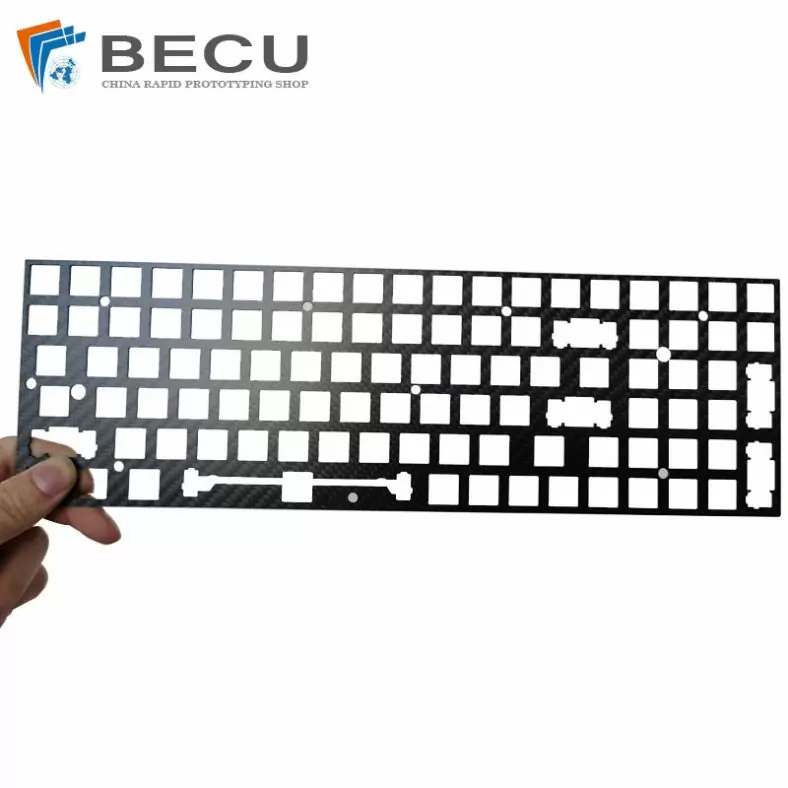
Laser Cutting Carbon Fiber Positioning Keyboard
-

Cnc Turning Industrial Copper-Aluminum Clad Carbon Fiber Machinery Parts
-
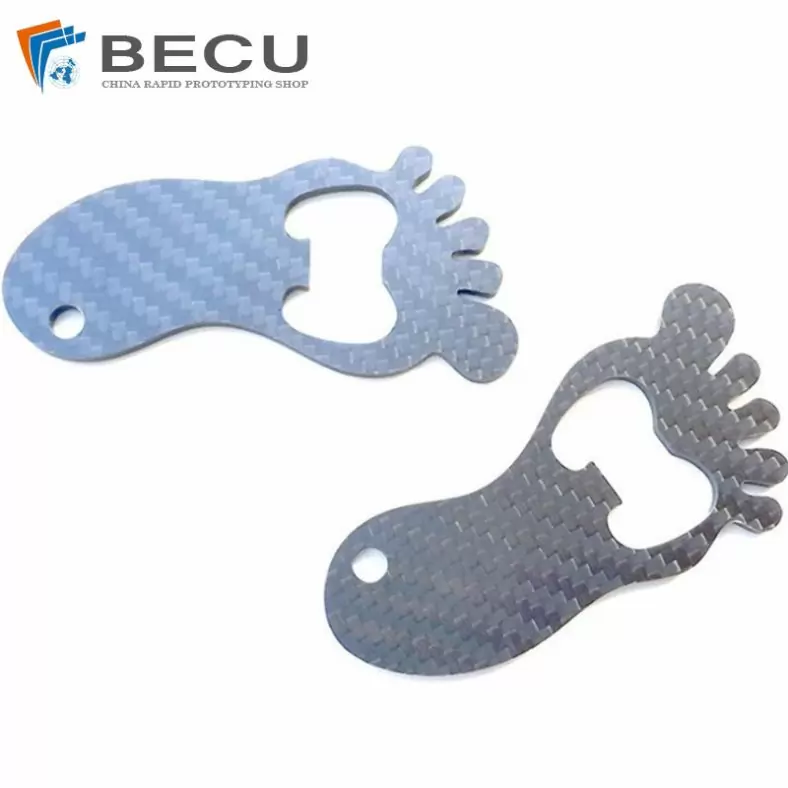
Carbon Fiber Luggage Tag Ornaments
-
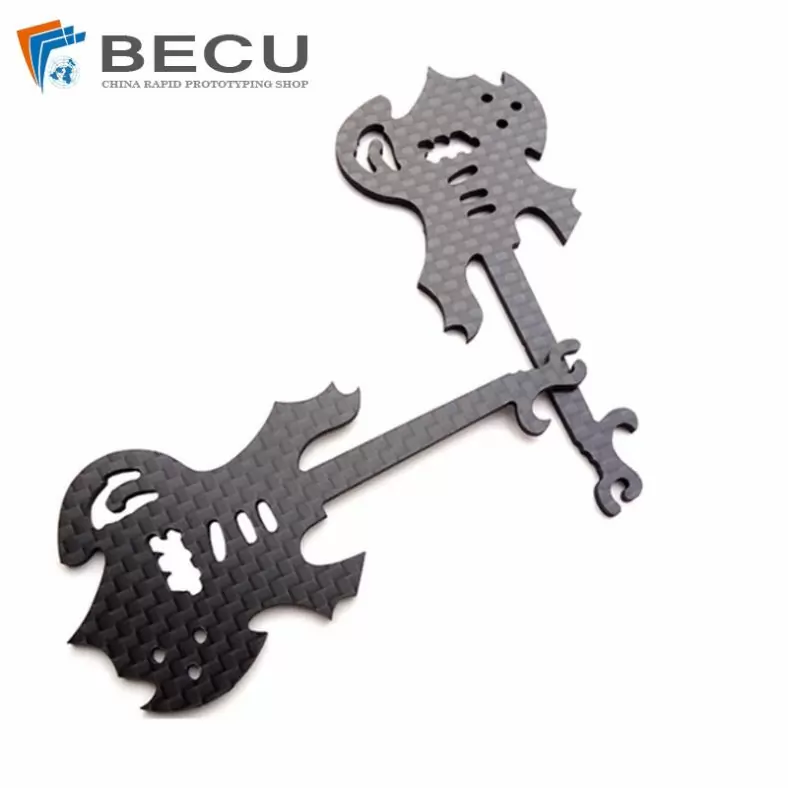
Laser Cutting Carbon Fiber Guitar Shape Crafts
-
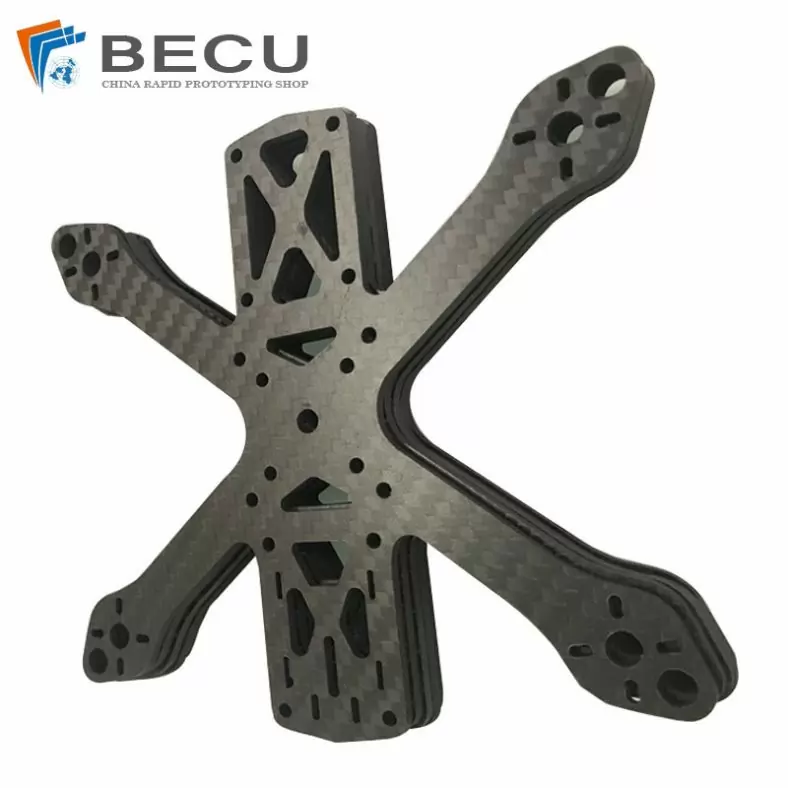
Laser Cutting Carbon Fiber Drone Rack
-
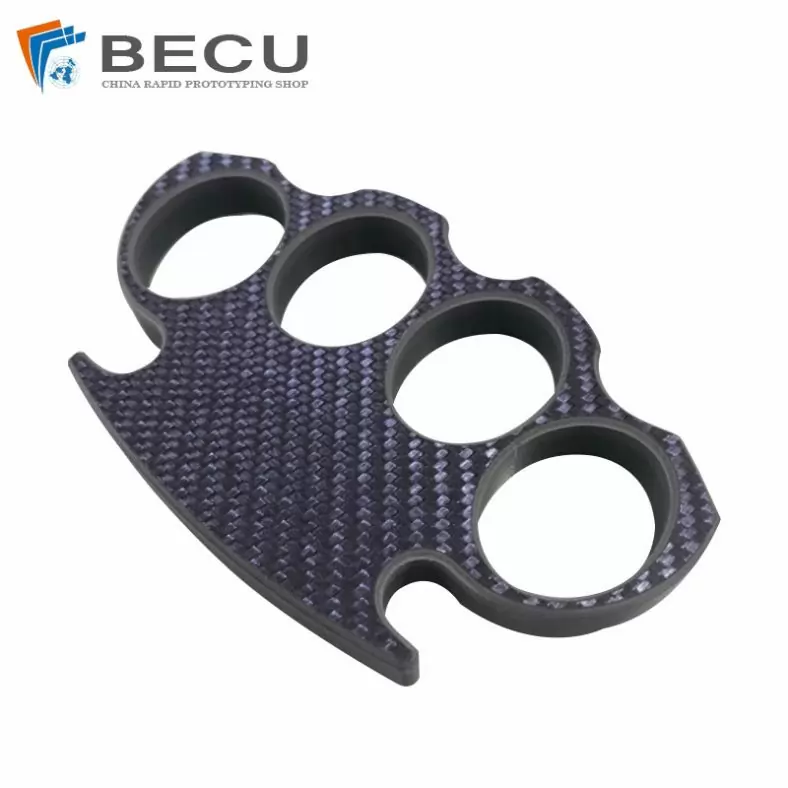
Cnc Milling Carbon Fiber Finger Buckle
